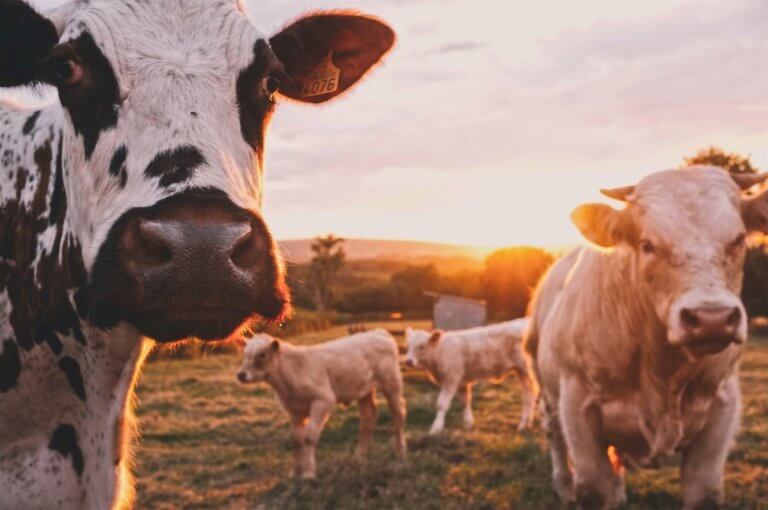
By 2022, students may have the choice of attending not only one, but two veterinary schools in the Southern US state.
Both Texas A&M University and Texas Tech University have plans to open new buildings to house their veterinary science programmes, driven by a dire need for large animal veterinarians to tend the more than 12 million cattle residing within the state.
The programmes will be based in Amarillo, a city in the northwestern part of Texas referred to as the Panhandle.
Described as a “veterinary arms race” by Inside Higher Ed, the rapid expansion of veterinary programmes began a decade ago, when the state’s higher education board decided it was time to fill the gap in veterinarians in order to tend cattle, pigs, sheep, horses and other large animals.
While vets are aplenty in the US, many tend to focus on suburban animals like cats and dogs, leaving the state with a shortage of qualified vets in more rural parts of Texas – the largest beef producing state in the country.
When in 2009, the state announced that it would consider “a proposal designed to specifically produce large-animal veterinarians”, both Texas A&M and Texas Tech answered the call.
A Shortage of Large Animal Veterinarians Threatening Texas Ranching https://t.co/xwVhw2ary7 pic.twitter.com/yhsjOaEpLv
— 1200 WOAI (@1200WOAI) December 5, 2017
A US$22.8 million building for veterinary education at the West Texas A&M campus, located in Amarillo is expected to complete in 2020. This will be where students can take courses, pursue externships and conduct research at the new Veterinary Education, Research & Outreach (VERO) Center.
At Texas Tech, a new US$69 million veterinary school is set to be housed at Texas Tech University Health Sciences Center, which could be ready as soon as 2021 or 2022, if all goes to plan.
Brian Heinrich, Amarillo Economic Development Corporation (AEDC) Board of Directors Chairman, said: “The AEDC has the opportunity to position Amarillo as a hub for innovation in the human and animal health science industries–industries driving a multi-billion dollar global market growing bigger every year.
“The Texas Tech veterinary school will provide an exceptional return on our investment not only to Amarillo but to the generations of families throughout the Panhandle and the state of Texas working in our livestock and food supply systems.”
Both Texas A&M and Texas Tech are reportedly in a feud over this, with John Sharp, Chancellor of the Texas A&M University System, publicly criticising the need for another (read: Texas Tech’s) veterinary college.
Texas has a world class veterinary school in A&M – but with rural vet shortages, Texas Tech says it’s ready to step in.
A&M objects, but Tech calls its complaints bull.
Is Texas too small for two vet schools? We’ll ask @texastribune’s @matthewchoi2018: https://t.co/4Tg7Qz7EcS pic.twitter.com/Jsbd5t3Oc3
— Texas Standard (@TexasStandard) July 10, 2018
Writing in an an op-ed, Sharp said: “Texas does not need another veterinarian school to train rural veterinarians. Texas needs to find a way for more rural veterinarians to make a living.”
While his comment is not without merit – it’s hard to get more vets to work in the state’s rural areas due to the location and lower salary it commands – having two universities competing to provide more programmes is good news for the aspiring vets of tomorrow.
In addition to having a supportive state pumping funds and support into new facilities and academic initiatives, prospective students can look forward to what looks to be a more lenient admission process and a job waiting after graduation.







